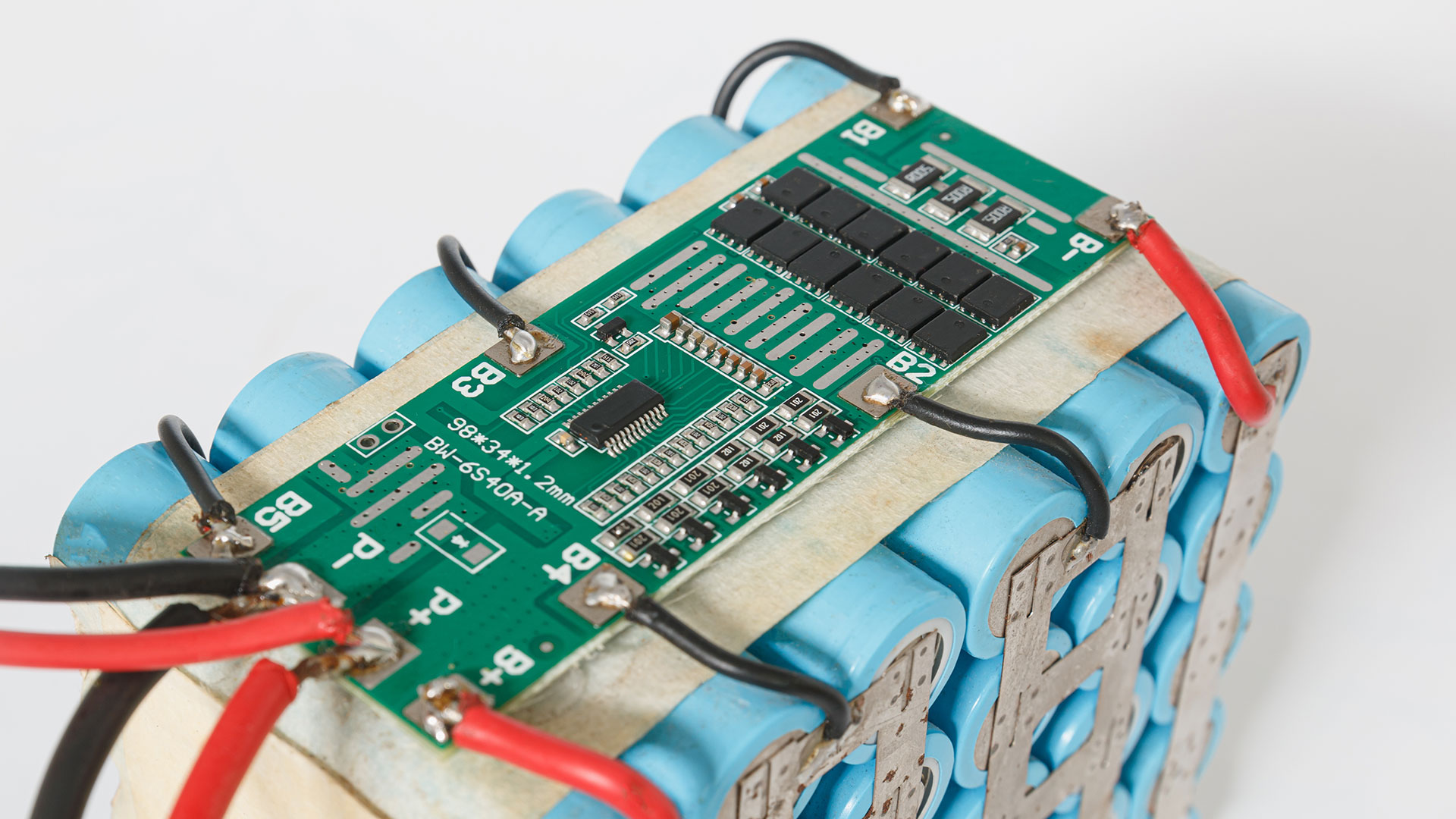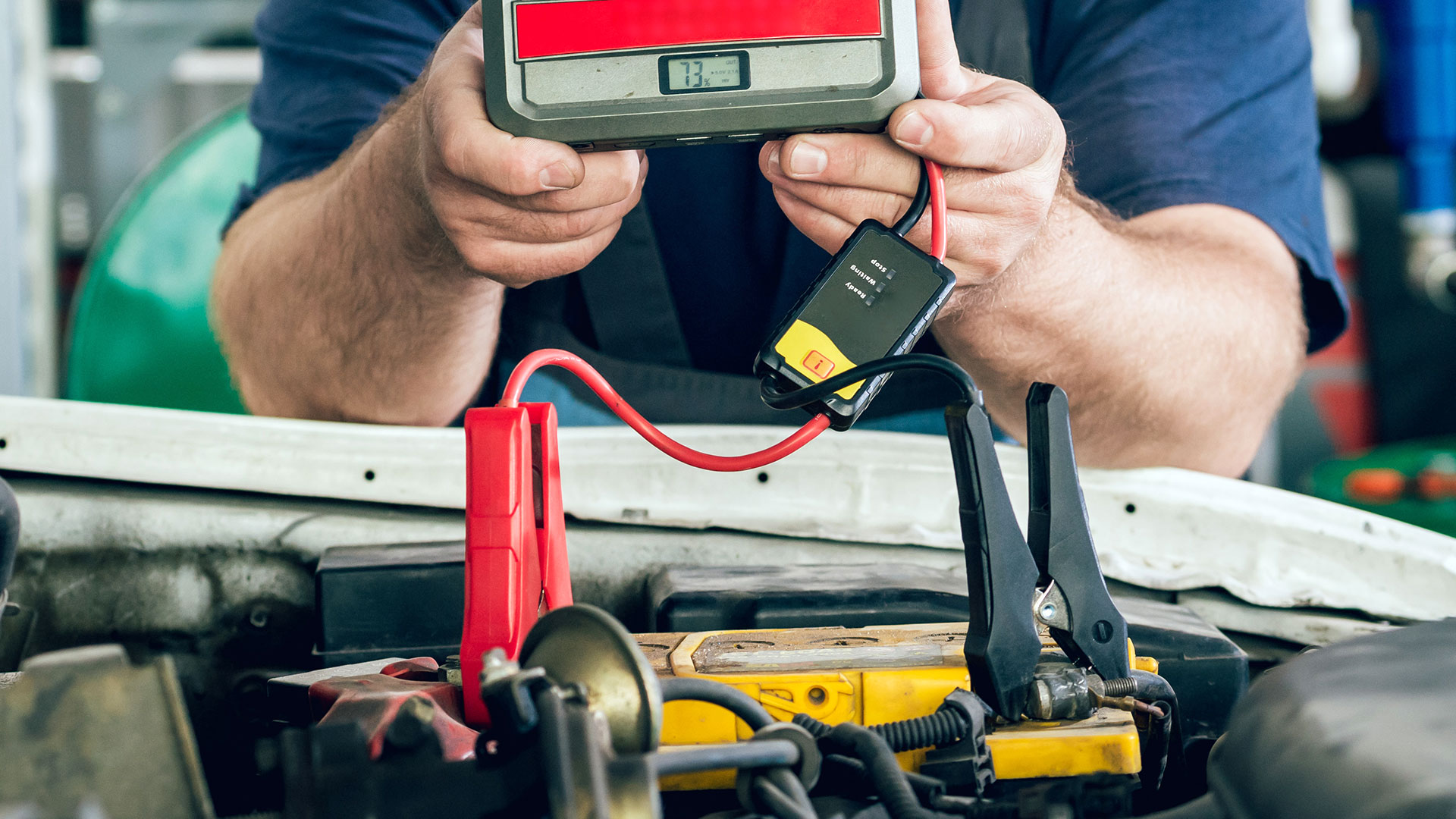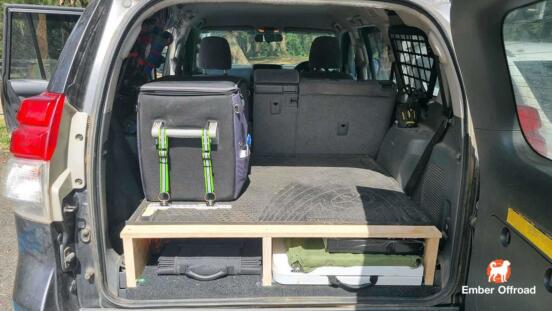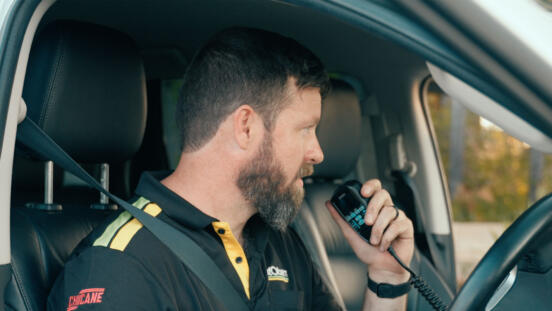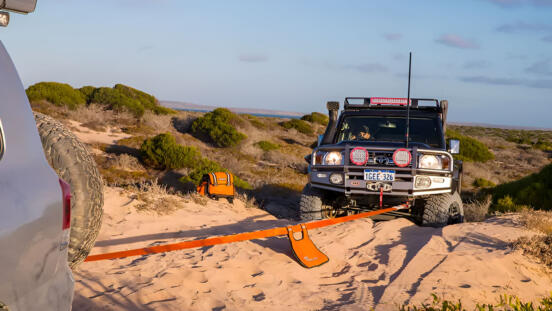
Battery technology has made great leaps in the past 10+ years, most notably for camping and off-roading with LiFePO4 lithium batteries. With the change in technology though, come changes in charging requirements, and what works for charging a conventional lead-acid battery is not the same for charging a Lithium Iron Phosphate one (LiFePO4).
All too often, first-time LiFePO4 battery users connect loads to their battery and run it flat, to then find their brand new battery "won't charge" and is seemingly dead. They return their battery to its place of purchase, only to have it given back to them working fine. So what was the problem?
Ironically, the issue comes from modern batteries and chargers being "smart"; too smart sometimes, that they end up tricking each other.
(Note: Any general reference to lithium here specifically regards Lithium Iron Phosphate batteries, not Lithium Ion.)
How is charging a lead-acid and LiFePO4 battery different?
Conventional lead-acid batteries are pretty straightforward devices. In simplified terms, your positive and negative terminals are submersed directly into the chemical solution within the battery.
When attaching a load or charger to the terminals, you're directly connected to the 'pool' of energy within. Simple.
LiFePO4 batteries on the other hand come with a Battery Management System (BMS) installed as part of the battery, which controls both charging input, and load output. (see the photo below for an inside look)
In the event the battery is run dead, the BMS 'turns off' the battery within, so that if you were to put a volt meter to the terminals it would read a tiny fraction of a volt, effectively zero. This output of 0v is what confuses your charger (more on that shortly).
What does a BMS do, and why have one if it causes this issue
A BMS is critical for the safe operation and optimal life of LiFePO4 batteries, and provides the following functionality for your battery.
Battery monitoring - The battery's BMS continuously monitors the voltage, current, and temperature of the battery, ensuring it is working within safe limits, and cutting access to the battery if these are exceeded.
Over-charge protection - Overcharging a battery is dangerous, this can cause cell rupture, thermal runaway, and your battery to catch fire; clearly, you don't want your battery igniting in the boot of your 4x4, or inside your ute canopy.
Cell balancing - Your battery is made up of multiple cells which can vary in voltage over time, the BMS monitors these individually, ensuring optimal charge and discharge for each cell, to maintain the overall health and performance of the battery.
Over-discharge protection - As mentioned above, when a LiFePO4 battery is completely flat, the BMS will cut access to it. Unlike lead-acid batteries which can only be discharged to around 50% of their rated amp-hours (AH) before rapid premature wear occurs, it's commonly said that lithium batteries can be completely discharged, using 100% of the battery's potential energy. That's a bit of an oversimplified explanation, in reality, lithium batteries provide usable power closer to 90% of their capacity, around which point the BMS cuts access to the battery to preserve a small amount of power for its own operation, and to preserve the battery monitoring and health.
This last function is what puts the battery to "sleep", leading to the waking problem.
Why charging doesn't work, and how to wake a sleeping LiFePO4 battery
As already mentioned, the issue stems from smart chargers getting confused by a smart battery. Modern battery chargers don't just indiscriminately flood a battery with current. They continually monitor the battery voltage through the charging process, to ensure optimal charging, and in the case of chargers capable of charging both 12v and 24v batteries, detect the battery voltage to determine the appropriate charging profile.
This is where our problem comes in. Because the BMS has disconnected the battery within, when your smart battery charger is connected to the battery, it sees no voltage, and doesn't know it's connected.
At the same time, your LiFePO4 is waiting to see 12v+ input from a charging source before it turns back on, and your charger is waiting to see the voltage from the battery to know it's connected. It's a catch-22.
The solution though is very simple, you just need to apply 12v from a non-smart source to your LiFePO4 to initially wake it, at which point the smart charger will "see" the battery and begin charging it as normal. There are several ways to provide this initial voltage source:
- A variable power supply, connect it to supply 12v-13v
- A portable jump starter unit
- Jumper leads from another battery
You're effectively just giving the battery a little jump start to wake it up.
Jumper leads are likely going to be your go-to option, as everyone touring or traveling remotely should have a pair. If using a charger at home, you can wake the lithium battery from your starter battery, and let your smart charger take over.
If needing to wake the battery while traveling or camping etc., you can either wake the battery while your engine is running and let your BCDC charger take over (assuming you have one, as that's the typical setup in 99% of tourers). The same also works for solar input.
So, if you find your new lithium battery is "dead" after its first full discharge, don't send it back. Nothing's perfect, and batteries can fail, but if the above is the situation you find yourself in, 99% chance it's a simple matter of waking the battery up with one of the above methods.

